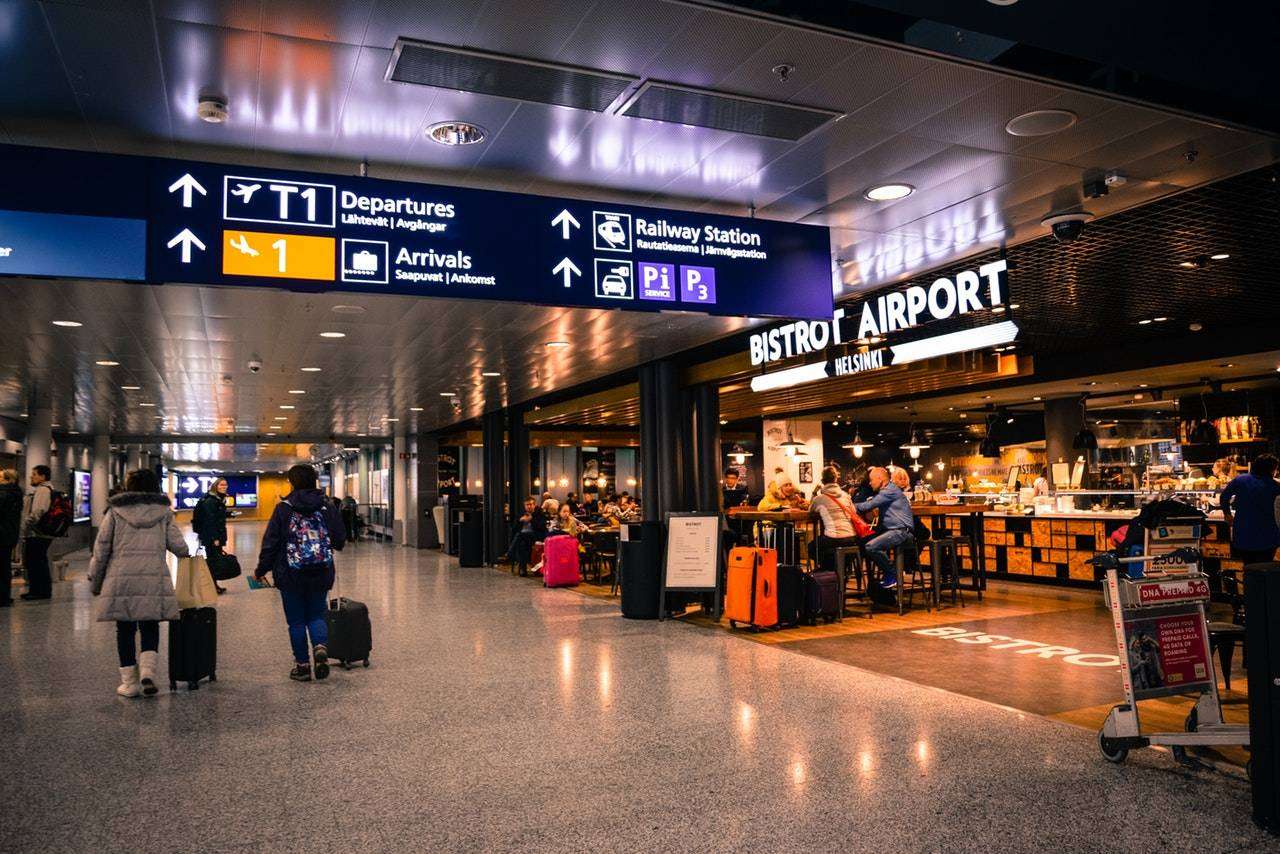Ever been in a situation where you have had to miss a flight because you got delayed at security check? It’s happened to me on several occasions, and this is despite my best efforts to reach the airport in time. As a journalist I typically end up carrying at least two laptops, one iPad, a few camera lens and other essential gadgets that go into my carry-on luggage. Even if you keep people like me as few-and-far-between cases, a typical business traveler or family traveler, does have a power bank, a laptop, a tablet and one more device, at the very least, in their carry-on bag. What this means is that the time taken to remove all of this from the bag, screen and then proceed to the gate, can take a traveler anywhere from 20 minutes to an hour, depending on the rush.
The point I’m making here, is that serpentine queues at security checks points at airports is one of the top ten reasons why people miss their flights. And this will hopefully change soon, thanks to Transportation Security Administration (TSA) investing in almost three hundred Computed Tomography (CT) systems, or simply put – upgraded and powerful screening systems that are 3-D scanners. A $96.8 million contract has been awarded to Smiths Detection, Inc. of Edgewood, Md., and should be implemented at select airports soon. How soon? Well, probably by the end of this year (in a phased manner up to 2020), but we don’t have the name of the airports that have been listed to receive the new machines. What this announcement means for travelers like us, is that carry-on luggage will be screened much faster, thanks to the use of upgraded technology.
The current machines use x-ray screening that showcase a 2D image, which is not very comprehensive. This is the reason why we are made to remove all our electronic items so that the concealed, banned items like explosives can be detected easily. With the new 3D model, TSA agents will get a much better and clearer image of what’s inside the carry-on luggage, thus negating the need for you to remove your devices from the bag. The 3D imagery is so powerful that the TSA agent can zoom in or rotate the bag on the screen, to view the contents from all dimensions. While all of this sounds like really good news, and hopefully we have a swift security check-in procedure in place by this year-end. One can’t ignore the fact that a lot can be done to improve the end-to-end experience – from security check to baggage collection. Well, don’t even get me started on lost-luggage and flight delays. Those are stories for another day!
Source: TSA



